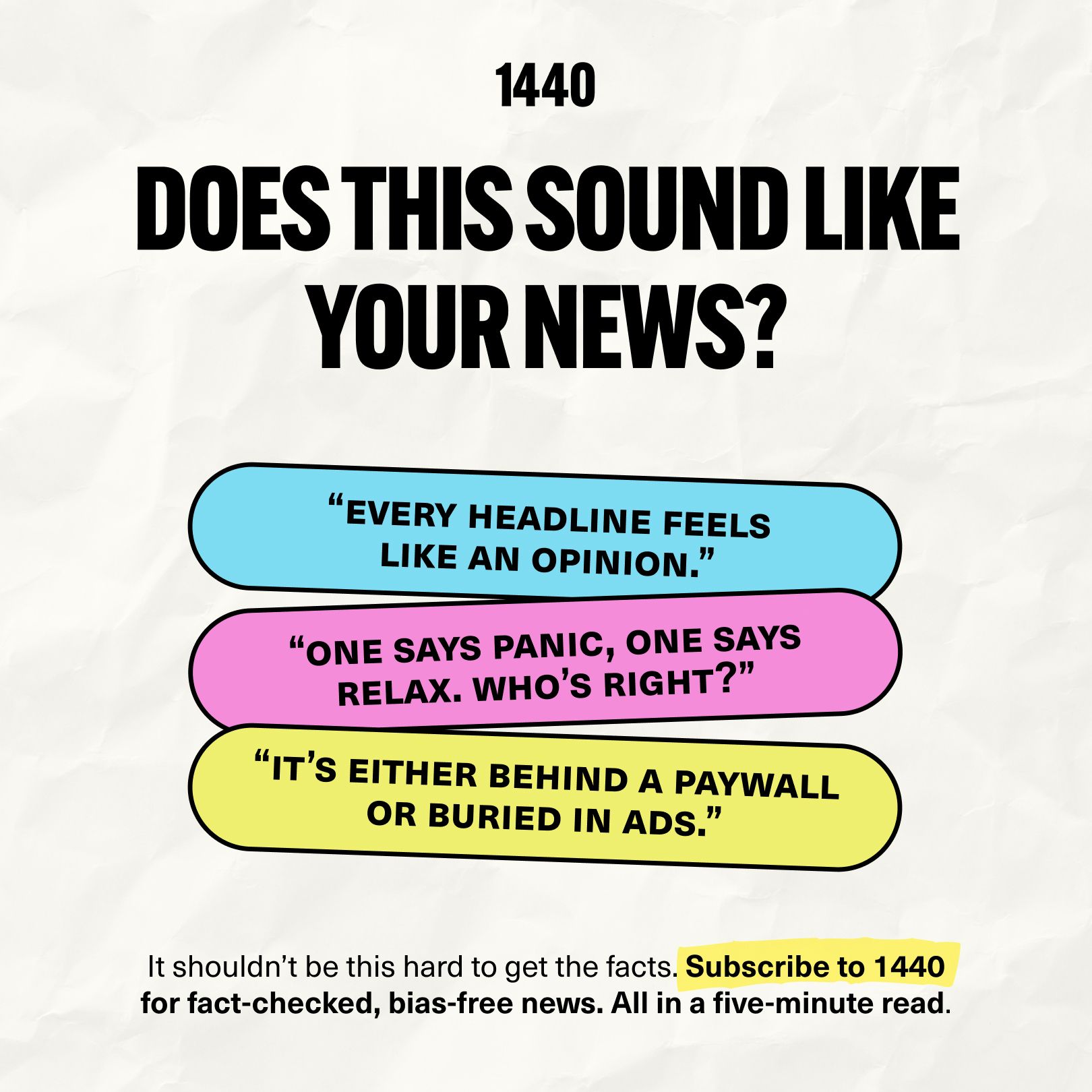“Nearly all men can stand adversity, but if you want to test a man’s character, give him power.”
— Abraham Lincoln
THE ART OF LEADERSHIP
Character Controls Power
Lincoln Warns Leaders: Power Reveals True Inner Self
I have seen men ride into Washington flushed with victory, their boots still tacky with prairie dust. They believed the ballot bestowed virtue as well as office, like a Bible handed out with every badge. Yet power, like a bright hearth, singes loose threads; the weak fabric of pretense smolders first.
Adversity may bruise a person’s back, but authority presses against the soul. When a man does not need to ask permission, his heart finally speaks its native tongue; some tongues bless, others bite. The republic, therefore, depends less on marching armies than upon the silent governors a leader carries within his breast.
Let us then temper command with conscience. Keep doors open, records clear, and a sense of humor close at hand. Lift rivals when doing so advances the common good, and dismiss flattery quicker than gun smoke on a windy day. In that discipline of measured power, we safeguard both the Union and our better selves, for the generations that will judge us.
Exercise authority with humility and transparency, proving your character steadfast as you shepherd collective progress beyond the comfort of today.
Looking for unbiased, fact-based news? Join 1440 today.
Join over 4 million Americans who start their day with 1440 – your daily digest for unbiased, fact-centric news. From politics to sports, we cover it all by analyzing over 100 sources. Our concise, 5-minute read lands in your inbox each morning at no cost. Experience news without the noise; let 1440 help you make up your own mind. Sign up now and invite your friends and family to be part of the informed.
COMMERCIAL CONSTRUCTION
Stop the Safety Admin Time Sink
Wijs Automates Compliance, Unlocks Hours for Construction Field Leaders Daily
Faced with inflation, shrinking schedules, and a stubborn labor crunch, U.S. contractors are turning to Wijs, a cloud‑based safety and analytics platform unveiled nationwide this week. The software streamlines paperwork by digitizing inspections and auto-routing reminders, freeing field safety leads for coaching rather than keyboard work.
At its heart is a real-time compliance calendar that tracks every crew and subcontractor submission, color-coding gaps before they become violations. Trades tap a QR code or dedicated portal to upload forms their preferred way; the data populates a digital Safety Board alongside SDS sheets, locations, and asset status for site‑wide visibility.
Corrective actions created within forms flow into a notifications tracker, while preventive-maintenance tags enable teams to locate tools quickly and schedule service before breakdowns. Dashboards powered by pattern-spotting algorithms highlight hotspots and suggest targeted training, driving measurable reductions in risk. Early adopters report saving two and a half hours in the field alone each week, totalling about 500 hours saved throughout the company each year.
INFRASTRUCTURE INDUSTRY
Sediment Surge Revives Dying Delta
Mid-Barataria Diversion Restoring Louisiana’s Rapidly Eroding Coast
Excavators splashed on Tuesday on Empire Sandbar as the Louisiana Coastal Protection and Restoration Authority kicked off the $3.2‑billion Mid‑Barataria Sediment Diversion, the nation’s first engineered crevasse meant to rebuild disappearing marshes with controlled Mississippi River mudflows. Shrimpers, parish presidents, and brass bands watched as piles were driven beside Highway 23’s levee toe, with cameras broadcasting jubilation worldwide.
Contractor Boh Bros. will excavate a 5,000-foot channel through the batture forests, line it with articulated concrete mats, and then install triple 350-foot sector gates that can pass peak spring sediment but throttle summer freshwater. Six turbidity curtains, LED buoys, and acoustic fish deterrents aim to shield adjacent oyster leases from salinity spikes downstream.
Financing combines BP Deepwater spill dollars, infrastructure-law resilience funds, and a pioneering blue-carbon bond repayable from marsh-grown CO₂ credits. Construction peaks at 1,400 union jobs, with twenty‑five percent pledged to Plaquemines Parish residents displaced by storms. Engineers predict 21,000 acres of emergent wetlands by 2070, buffering hurricanes and reviving redfish nurseries for future generations.
RESIDENTIAL RESEARCH
Universal Design Mandate Surprises Builders
Connecticut Requires No-Step Entries, Wider Doors in All New Homes
Connecticut’s Codes and Standards Committee voted 7–2 on Tuesday to adopt sweeping universal‑design requirements for one‑ and two‑family dwellings filed after July 22. The change mandates zero-step entrances, 36-inch interior doors, blocking for future grab bars, and reachable light switches, making Connecticut the first state to embed aging-in-place features directly into its base residential code.
Hartford production builder Maple Grove Homes trial‑framed the new layout Wednesday, pouring a four‑foot sloped walkway instead of stairs and widening hallway rough openings without lengthening schedules. Superintendent Aisha Fong reported that the modifications added only $500 in concrete and lumber to a 1,900-square-foot ranch, while eliminating three hours of labor in stair carpentry.
State economists say the rule will raise prices overall by less than one percent, yet could significantly reduce future retrofits, averaging $12,000 per household. Citizens Bank will discount mortgages an eighth of a point for compliant homes, and insurers hinted at premium cuts after studies linked no‑step entries to fewer liability claims.
TOOLBOX TALK
The Importance of Avoiding Loose Clothing Hazards
Introduction
Good morning, Team! Today’s toolbox talk focuses on avoiding hazards associated with loose clothing. Loose clothing around machinery or moving parts can lead to serious entanglement injuries.
Why It Matters
Loose clothing can quickly get caught, causing severe injuries or even fatalities.
Strategies for Avoiding Hazards
Wear Properly Fitted Clothing:
Clothing should fit comfortably and not hang loose.
Secure or Remove Accessories:
Tuck in or remove ties, hoodie strings, jewelry, or lanyards.
Use Appropriate PPE:
Wear appropriate safety gear to cover and protect your clothing.
Inspect Work Areas:
Identify and guard any machinery parts that could catch clothing.
Stay Alert:
Always be mindful of proximity to moving equipment.
Discussion Questions
Have you experienced or witnessed incidents involving loose clothing?
How can we better manage clothing safety?
Conclusion
Avoiding loose clothing prevents severe entanglement injuries.
Dress safely, stay safe!







